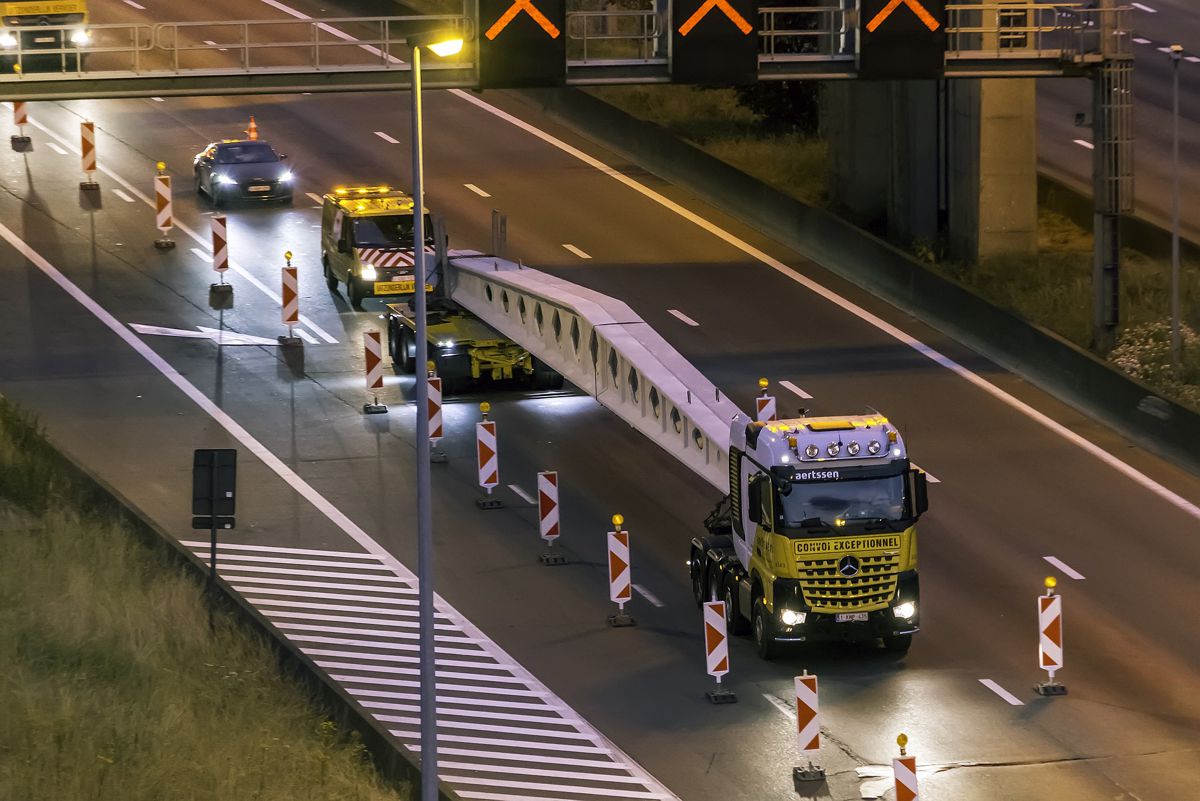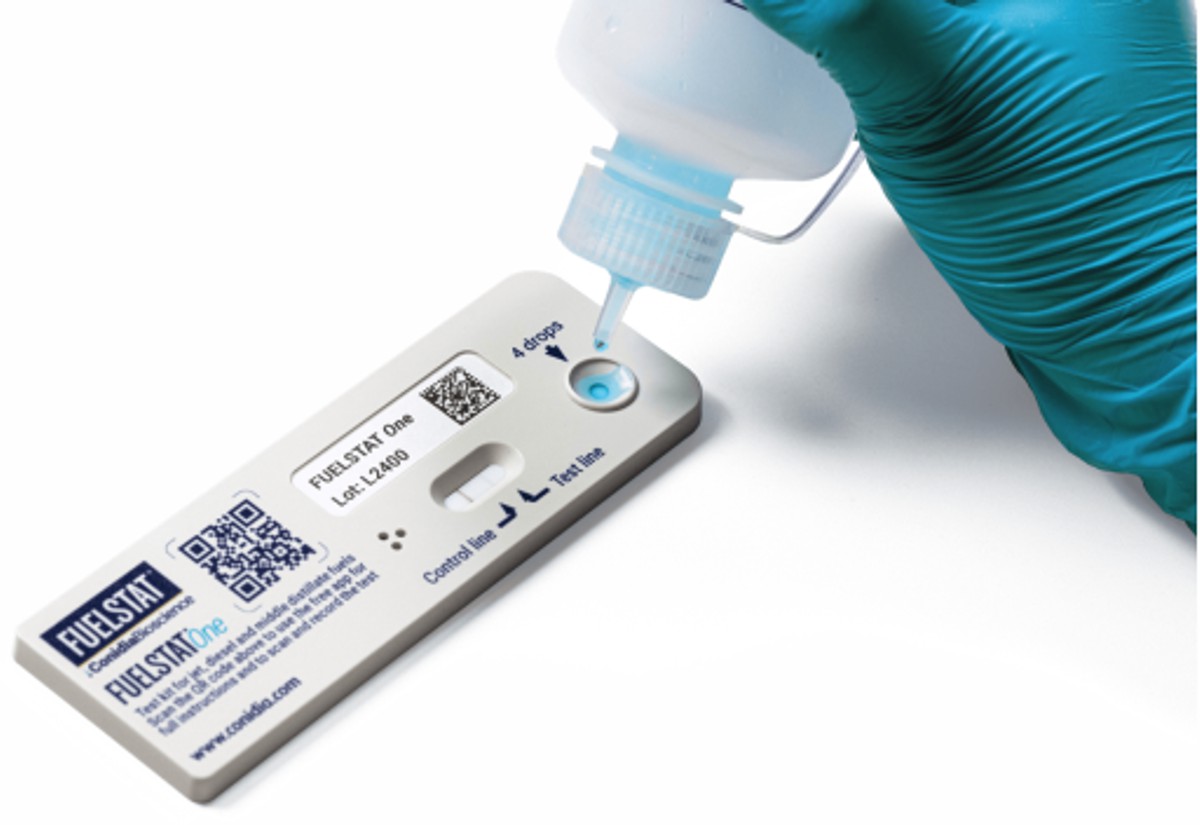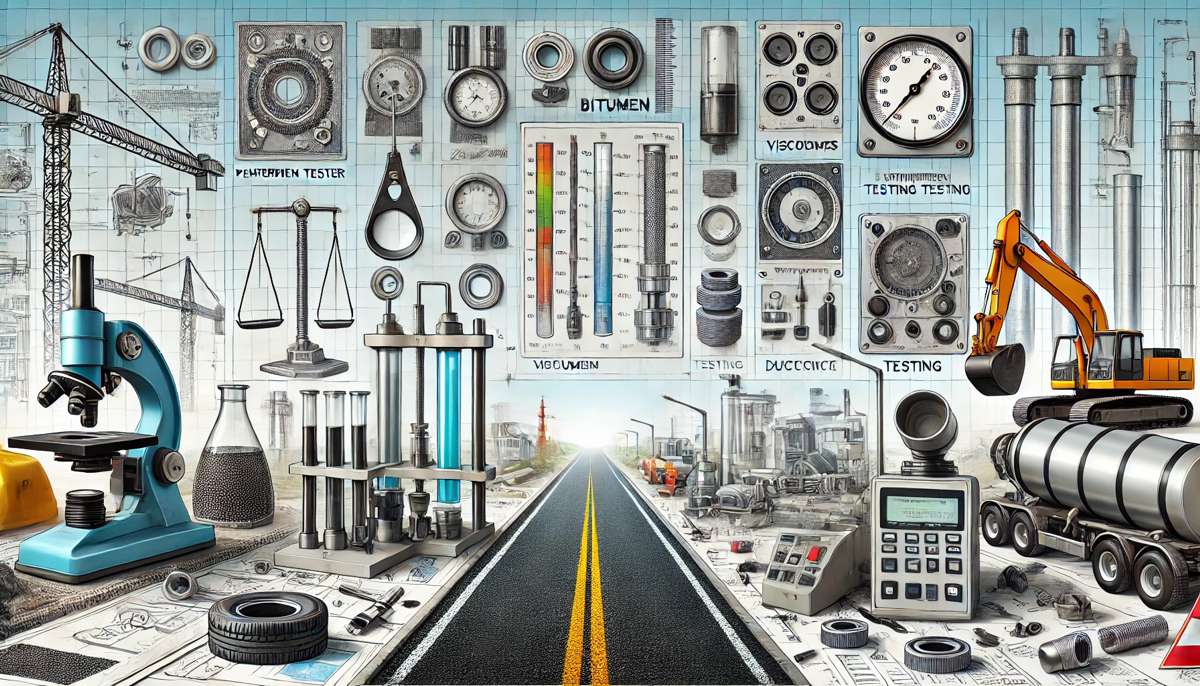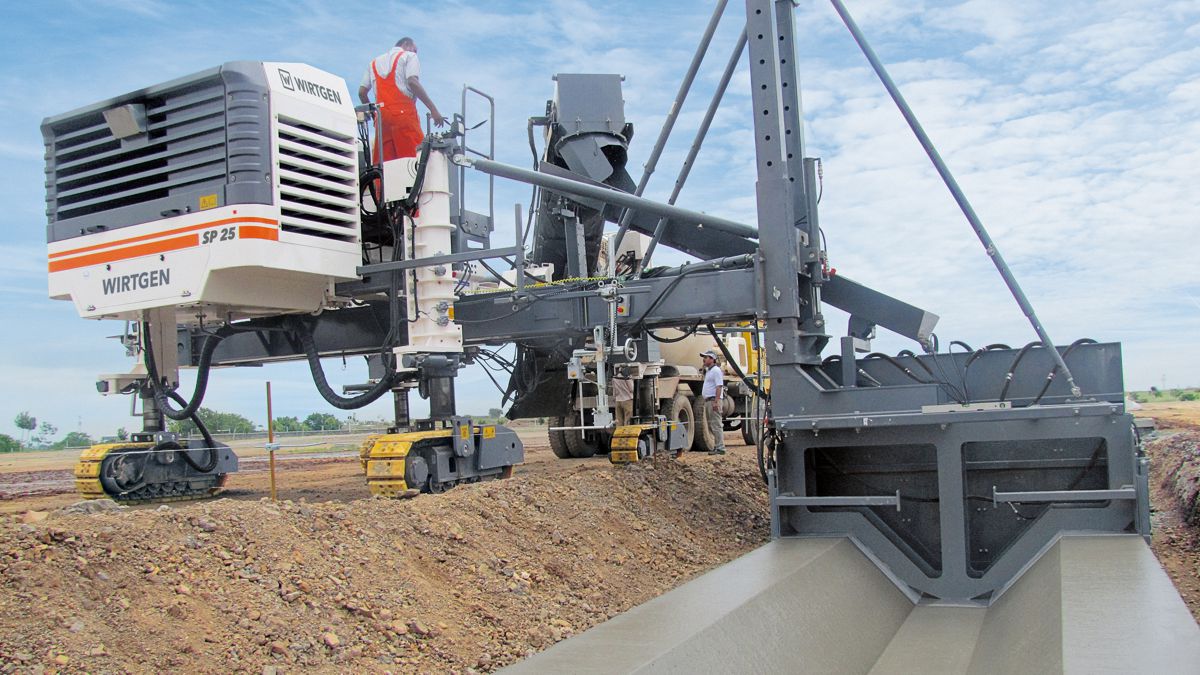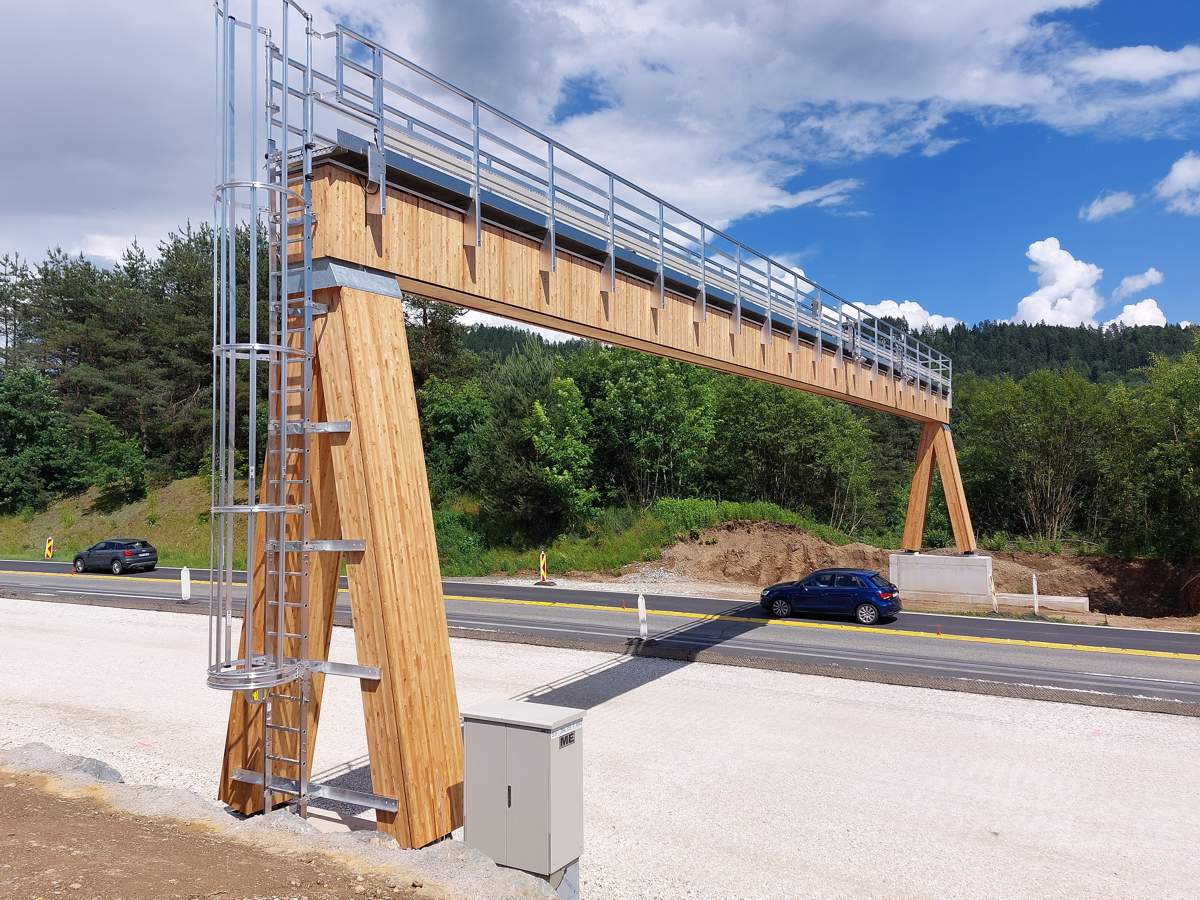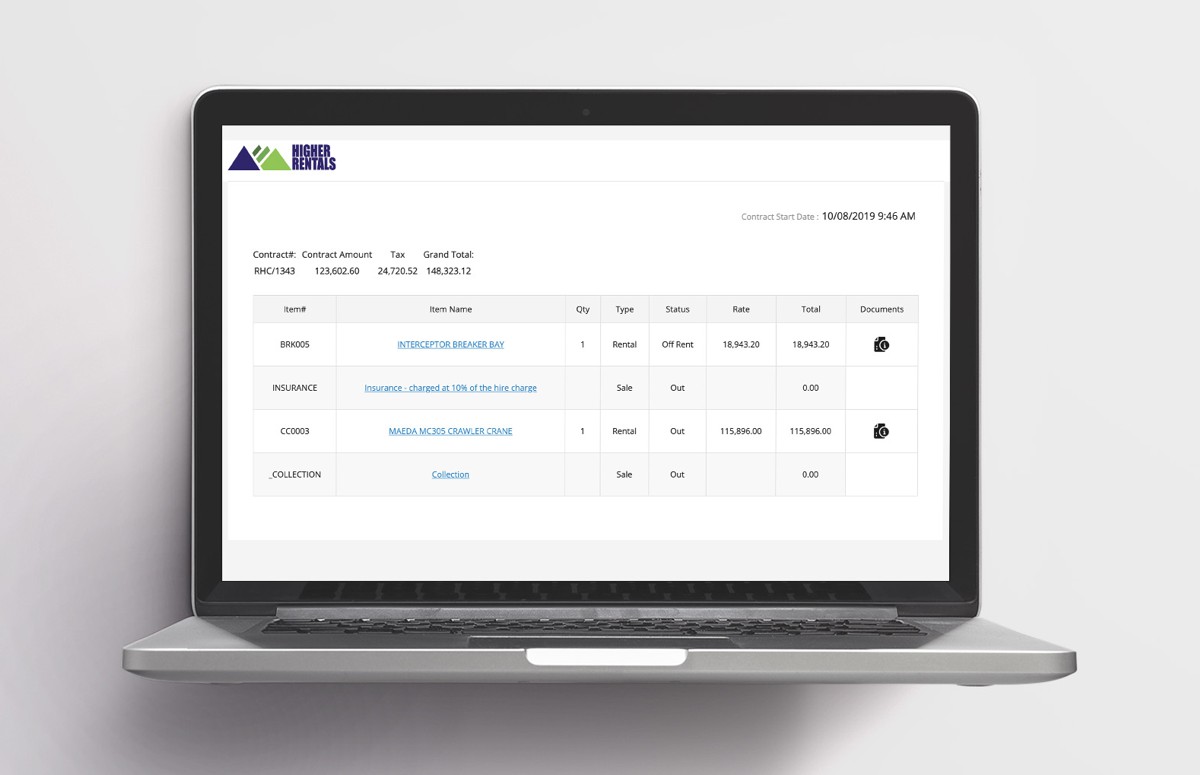Smart Portable Sensing System monitors Precast Structures during delivery
The multimetric portable system uses an IoT sensor to simultaneously measure strain and acceleration of the structures real-time during delivery.
Precast concrete structures (PCS) reduce workforce dependency and construction time. However, they are subjected to vibrations and strain during transport from their manufacturing site to the construction site. Effective quality control measures require continuous logging of vibration and strain measurement during the delivery, an essential feature that is missing in current systems. To this end, researchers have now developed a novel portable sensing system that can monitor strain and acceleration to enable efficient PCS delivery.
Precast structures are like giant lego blocks made of concrete that are manufactured in a factory to enable seamless construction at a building site. Modern urban construction projects rely heavily on precast concrete structures (PCS) for a quality and timely completion. PCS are manufactured in a controlled environment that ensures the highest quality. However, during delivery to the construction site, they can be damaged by shocks and imbalanced loads during lifting that make them unstable. Sometimes, the damage can go unnoticed during on-site construction.
However, this can lead to a potentially dangerous situation over time. Moreover, high replacement costs and long downtimes make remedial measures ineffective. “We have seen multiple instances of damage during transportation; we are, therefore, working on a solution to address this issue using an IoT sensing system to monitor PCS during delivery,” notes Associate Professor Jongwoong Park from Chung-Ang University, who has been actively researching on Internet of Things (IoT) sensor systems.
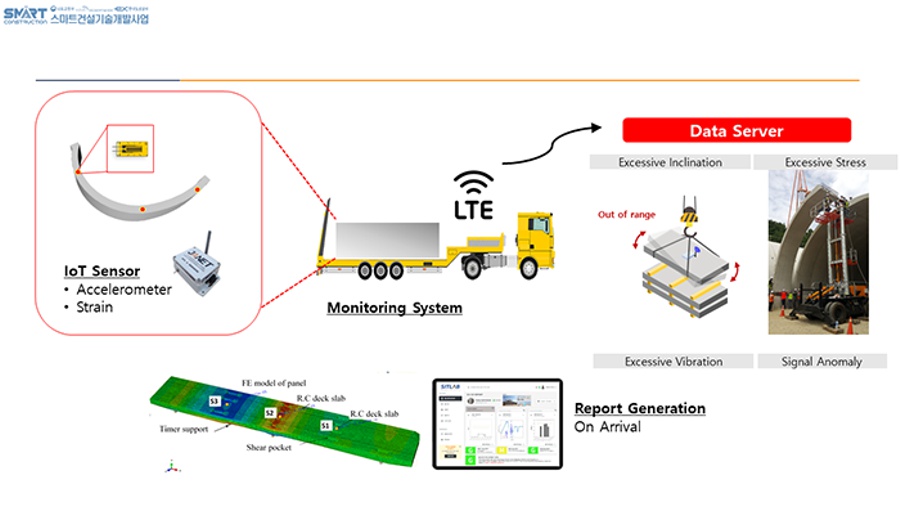
To this end, Dr. Park and his colleagues at Chung-Ang University recently developed a smart sensing system to monitor PCS during transportation in real time. The system integrates IoT sensors that detect vibrations and deformations during movement. In a recent article published in Automation in Construction, the researchers detailed the development of this specialized IoT-based sensing system. The paper was made available online on 16 November 2022 and was published in Volume 145 of the journal in 01 January 2023.
“We have enhanced the portability of the sensing system and have created a method for monitoring the deformation of precast structures during lifting and transportation. This system can help prevent any damage that may occur during transportation, ensuring a safe and sound delivery,” explains Dr. Park.
The novel portable wireless sensing system is capable of real-time recording of acceleration and strain measurement during transport. Moreover, the system generates a safety assessment report for PCS that adjusts initial strain offset and calculates the absolute strain. To demonstrate the capabilities of their smart system, the researchers further conducted a field test constituting an 80-minute delivery of a 12-meters long precast concrete beam and evaluated its condition by measuring the acceleration, tilts, and strain of the structure in real time. Further, the researchers processed and analyzed the measured data and conducted a safety assessment.
Interestingly, while the results indicate that the sensing system was effective for precast monitoring, the system does not allow for timely decisions by supporting real-time data management. In this regard, future research is required towards developing a cloud-based monitoring system that can alert users of anomalies in real time.
Nevertheless, the novel development by the team has potential for immediate smart delivery monitoring applications in construction projects. “With our IoT-based precast monitoring system, we can ensure the long-term safety and reliability of precast structures. This technology will prevent such issues from occurring, making our buildings safer and more efficient in the future,” concludes an optimistic Dr. Park.


